On February 24th, Sony TV held a small media experience conference at the Sony Store in Huaihai Zhong Road, Shanghai. The first time Sony explained the application and advantages of 4K HDR technology in detail. The heavyweight 4K HDR TVs X9300D and X8500D series released at CES this year also completed the domestic debut at this experience conference. The wall hanging design of last year's ultra-thin TV was adopted, allowing the ultimate in lightness and quality, integrating revolutionary HDR technology with minimalist and sophisticated design. At the same time, Sony also announced that the Sony 4K HDR TVs X9300D series and X8500D series will be on the market in China, and the new 4K HDR TV will bring the exquisite and vivid visual experience to the Chinese consumers for the first time. Presented.
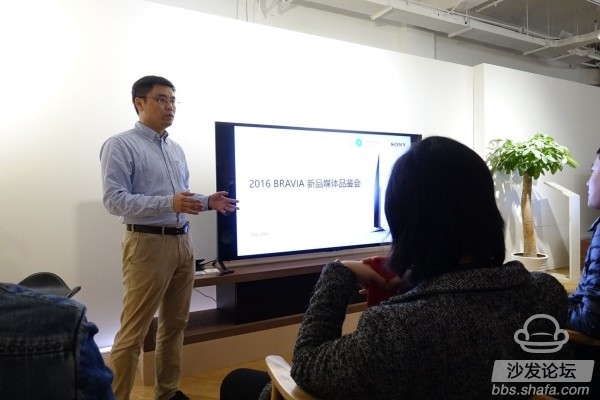
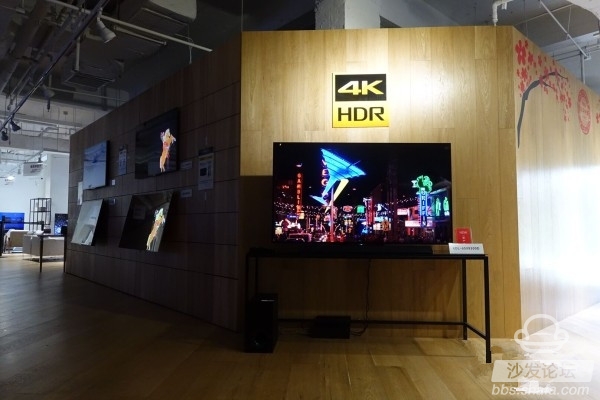
The word HDR should be no stranger to us. As a new video standard, as in the “3D†and “4K†booms of the year, major TV manufacturers started to shout in 2016 and began to promote their own HDR television. Become a standard for the New Year. However, because there is no uniform standard, there are many opinions and differences between HDR TVs launched in the industry. This makes it extremely important for consumers to recognize and identify HDR before they purchase television. .
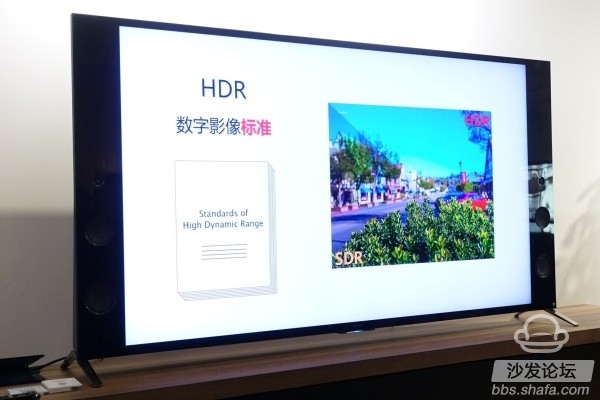
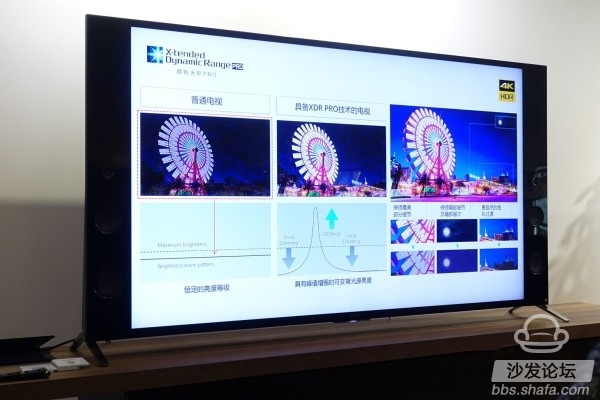
Due to the limitations of television in the display of video images, how to maximize the display quality of the television picture and allow users to perceive the real world as much as possible has been a tireless research topic for TV manufacturers. Prior to the introduction of HDR technology, the wide color gamut technology was considered to be a magic weapon that can maximize the restoration of the real world color. In fact, many TV manufacturers also apply this technology to their high-end 4K TVs. However, the enlargement of the color gamut cannot completely improve the richness of the display color, and the dynamic range expansion of the luminance can make the color space of the picture quality display more abundant. The emergence of HDR TVs can improve the restoration limits of the existing display device's brightness range, bringing richer colors, more light and dark details, and higher light and dark contrasts. The HDR TV + HDR optimization technology will bring further improvement, further reducing the contrast and color of the real environment.
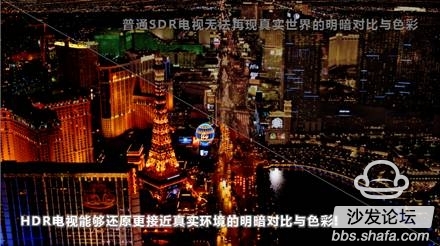
Sony, who has been deeply pursuing research for many years, has an exclusive industrial chain advantage in HDR technology. Whether it is shooting, editing, transmission or display, Sony has been involved in the entire HDR industry chain and has been actively promoting the development and application of HDR. On the camera side, Sony has a 4K and 8K camcorder F65 and F55 that can record HDR high dynamic range. The FY55 shot of the 2015 fire will be shot with the F55; the BVM-X300 monitor with the 4K OLED display will have the highest brightness in the HDR mode. Can reach 1,000 nits, can meet the production needs of 4K HDR content - at the BTV 2016 Spring Festival Gala recording site, all cameras are using HDR technology for recording, which is the first time in the country to apply HDR technology for on-site recording.
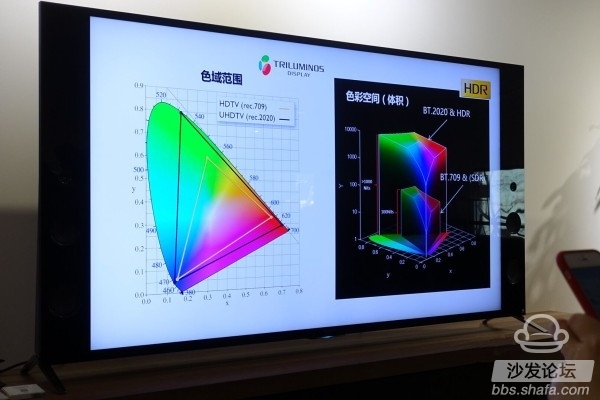

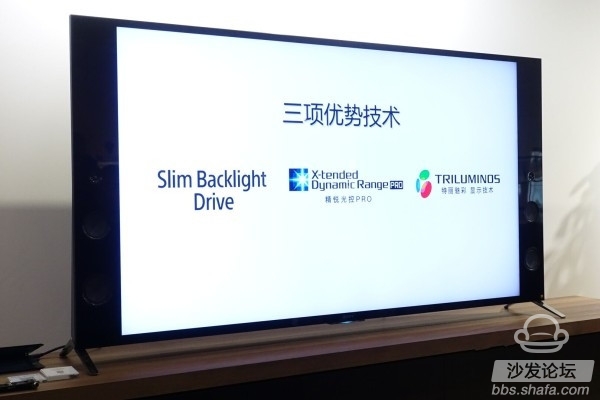
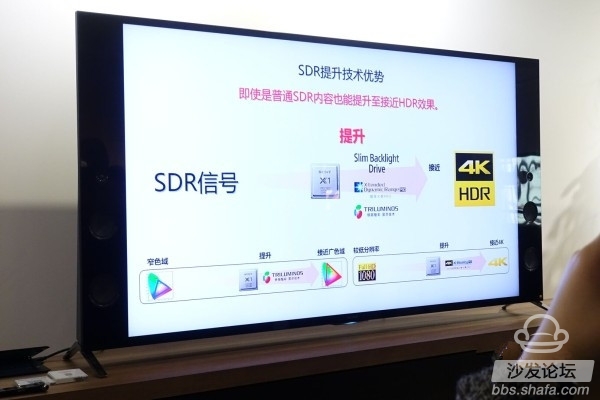
Sony also invited Xiao Xiaolong, member of the Commercial Photographer Committee of the Chinese Photographers Association, to come to the scene to share the trial experience of the Sony 4K HDR TV. Miao Xiaolong said that as a professional photographer, after traveling and shooting large films, he is often restricted by the lack of suitable display equipment to share photos of the journey with family. Ordinary computer equipment often cannot display richer photo details, nor does the computer display screen. Facilitate family sharing. This trial of the Sony 4K HDR X9300D TV found that it has color-optimized features for normal photographs, rich details in highlights and shadows, and richer and more subtle colors compared to ordinary home computer monitors. It seems to add to ordinary photos. The "last stage" effect and the larger screen display effect are very lively, very shocking and unforgettable. Fully in line with the needs of a professional photographer for professional display equipment.
Thanks to the mature applications in the professional imaging field, Sony's understanding and research of 4K HDR is even more profound. In fact, Sony TV began to lay out its sophisticated optical control technology as early as 2014, preparing for HDR. Different from the video field, HDR on the TV needs a complicated ecosystem. Due to the non-self-illumination characteristics of LCD TVs, if you want to make the brightness display range up to the level that previous SDRs can't match, not only software compatibility, but also hardware Support and optimization. To this end, Sony chose to optimize the backlight system. Take the flagship X9300D series as an example. The Slim Backlight Drive, which is powered by Sony, uses a new edge-lit LED backlight structure. The thinness is combined with the local light control. Compared with the traditional side-entry type, there is only one light guide plate, and the two elite light guide plates of the dynamic backlight system can achieve the effect of 1+1 greater than 2. This ensures that the body is slim and the local control ability of the backlight area is enhanced. Sony's highly-acclaimed Advanced Optical PRO technology instantly triples the brightness of the brightest area, not only does not overexpose highlights in HDR sources and loses their color details, while shadow areas are guaranteed It is darker and more structured, which makes the screen more colorful, the color transition more natural, and the flow of light and shadow is unforgettable.
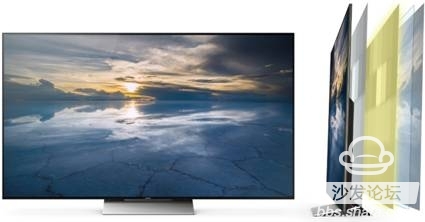
Sony's advantage in HDR is not limited to this. In addition to the sophisticated optical control PRO technology, plus the 4K processing chip X1-driven 4K sharp image processing engine PRO and Terricolor display technology, the three major quality technology trinity fusion with Only the image quality was upgraded to a new level (the picture is clearer, the color is more abundant, and the dynamic contrast ratio is higher), and the possibility of bright and dark expansion and visual expression of the 4K HDR is further extended, rendering a more exquisite realistic visual performance.
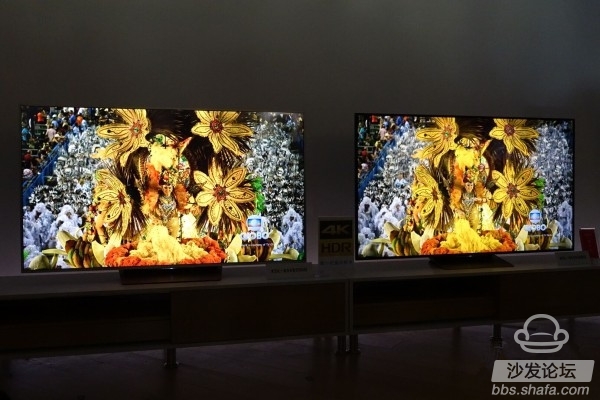
It is worth mentioning that while actively promoting the development of HDR, Sony also provided a solution for consumers who want to see the effects of HDR earlier. The X9300D/X8500D series can increase the normal SDR content (color and brightness dynamic range) to near the HDR effect through the X1 chip-driven Terricolor charm and sophisticated optical control technology. At the same time, the narrow color gamut of the TV signal will be promoted to near the wide color gamut by Terry Charm, and the high-definition video will be upgraded to an effect close to 4K.
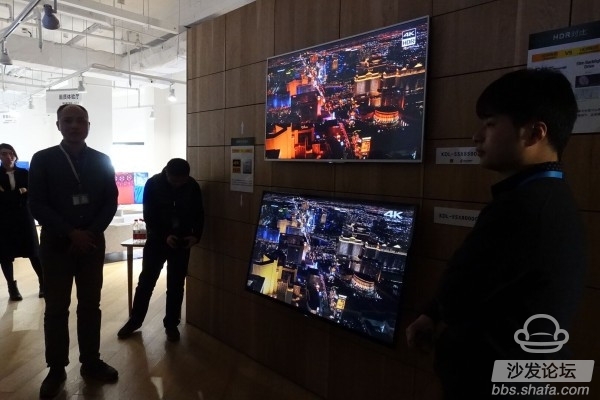
In the market today, all kinds of fancy gimmicks seem to have lost people's "watch" TV's original intention. In the eyes of the outside world, regardless of how turbulent the outside world is, sticking to quality-oriented, Sony TV has always been the label. However, this is not only Sony TV's dedication to the ultimate ingenuity, but its active performance to persevere in satisfying the high quality demands of Chinese consumers. In this important moment of celebrating its 20th birthday in China, Sony has also introduced 4K HDR TVs to Chinese consumers, and has used its exclusive advantages and resources to promote and improve the 4K HDR industrial ecosystem.
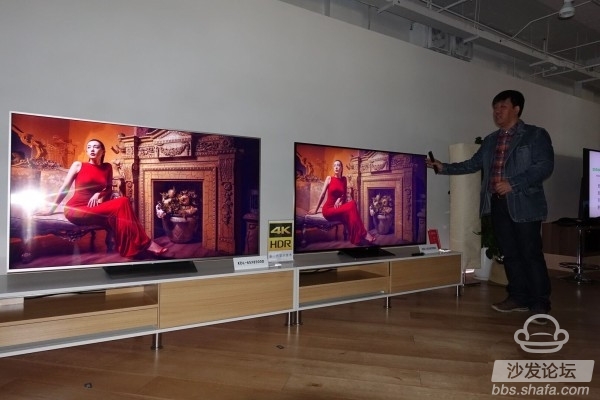
The currently listed X9300D has 55-inch and 65-inch versions, with official retail prices of 14,999 yuan and 2,199 yuan respectively. The official retail prices for the 55-inch and 65-inch X8500D are 8,999 yuan and 15,999 yuan respectively.
For more details, please see:
Sony China Online Mall: http://


The word HDR should be no stranger to us. As a new video standard, as in the “3D†and “4K†booms of the year, major TV manufacturers started to shout in 2016 and began to promote their own HDR television. Become a standard for the New Year. However, because there is no uniform standard, there are many opinions and differences between HDR TVs launched in the industry. This makes it extremely important for consumers to recognize and identify HDR before they purchase television. .


Due to the limitations of television in the display of video images, how to maximize the display quality of the television picture and allow users to perceive the real world as much as possible has been a tireless research topic for TV manufacturers. Prior to the introduction of HDR technology, the wide color gamut technology was considered to be a magic weapon that can maximize the restoration of the real world color. In fact, many TV manufacturers also apply this technology to their high-end 4K TVs. However, the enlargement of the color gamut cannot completely improve the richness of the display color, and the dynamic range expansion of the luminance can make the color space of the picture quality display more abundant. The emergence of HDR TVs can improve the restoration limits of the existing display device's brightness range, bringing richer colors, more light and dark details, and higher light and dark contrasts. The HDR TV + HDR optimization technology will bring further improvement, further reducing the contrast and color of the real environment.

Sony, who has been deeply pursuing research for many years, has an exclusive industrial chain advantage in HDR technology. Whether it is shooting, editing, transmission or display, Sony has been involved in the entire HDR industry chain and has been actively promoting the development and application of HDR. On the camera side, Sony has a 4K and 8K camcorder F65 and F55 that can record HDR high dynamic range. The FY55 shot of the 2015 fire will be shot with the F55; the BVM-X300 monitor with the 4K OLED display will have the highest brightness in the HDR mode. Can reach 1,000 nits, can meet the production needs of 4K HDR content - at the BTV 2016 Spring Festival Gala recording site, all cameras are using HDR technology for recording, which is the first time in the country to apply HDR technology for on-site recording.




Sony also invited Xiao Xiaolong, member of the Commercial Photographer Committee of the Chinese Photographers Association, to come to the scene to share the trial experience of the Sony 4K HDR TV. Miao Xiaolong said that as a professional photographer, after traveling and shooting large films, he is often restricted by the lack of suitable display equipment to share photos of the journey with family. Ordinary computer equipment often cannot display richer photo details, nor does the computer display screen. Facilitate family sharing. This trial of the Sony 4K HDR X9300D TV found that it has color-optimized features for normal photographs, rich details in highlights and shadows, and richer and more subtle colors compared to ordinary home computer monitors. It seems to add to ordinary photos. The "last stage" effect and the larger screen display effect are very lively, very shocking and unforgettable. Fully in line with the needs of a professional photographer for professional display equipment.
Thanks to the mature applications in the professional imaging field, Sony's understanding and research of 4K HDR is even more profound. In fact, Sony TV began to lay out its sophisticated optical control technology as early as 2014, preparing for HDR. Different from the video field, HDR on the TV needs a complicated ecosystem. Due to the non-self-illumination characteristics of LCD TVs, if you want to make the brightness display range up to the level that previous SDRs can't match, not only software compatibility, but also hardware Support and optimization. To this end, Sony chose to optimize the backlight system. Take the flagship X9300D series as an example. The Slim Backlight Drive, which is powered by Sony, uses a new edge-lit LED backlight structure. The thinness is combined with the local light control. Compared with the traditional side-entry type, there is only one light guide plate, and the two elite light guide plates of the dynamic backlight system can achieve the effect of 1+1 greater than 2. This ensures that the body is slim and the local control ability of the backlight area is enhanced. Sony's highly-acclaimed Advanced Optical PRO technology instantly triples the brightness of the brightest area, not only does not overexpose highlights in HDR sources and loses their color details, while shadow areas are guaranteed It is darker and more structured, which makes the screen more colorful, the color transition more natural, and the flow of light and shadow is unforgettable.

Sony's advantage in HDR is not limited to this. In addition to the sophisticated optical control PRO technology, plus the 4K processing chip X1-driven 4K sharp image processing engine PRO and Terricolor display technology, the three major quality technology trinity fusion with Only the image quality was upgraded to a new level (the picture is clearer, the color is more abundant, and the dynamic contrast ratio is higher), and the possibility of bright and dark expansion and visual expression of the 4K HDR is further extended, rendering a more exquisite realistic visual performance.

It is worth mentioning that while actively promoting the development of HDR, Sony also provided a solution for consumers who want to see the effects of HDR earlier. The X9300D/X8500D series can increase the normal SDR content (color and brightness dynamic range) to near the HDR effect through the X1 chip-driven Terricolor charm and sophisticated optical control technology. At the same time, the narrow color gamut of the TV signal will be promoted to near the wide color gamut by Terry Charm, and the high-definition video will be upgraded to an effect close to 4K.

In the market today, all kinds of fancy gimmicks seem to have lost people's "watch" TV's original intention. In the eyes of the outside world, regardless of how turbulent the outside world is, sticking to quality-oriented, Sony TV has always been the label. However, this is not only Sony TV's dedication to the ultimate ingenuity, but its active performance to persevere in satisfying the high quality demands of Chinese consumers. In this important moment of celebrating its 20th birthday in China, Sony has also introduced 4K HDR TVs to Chinese consumers, and has used its exclusive advantages and resources to promote and improve the 4K HDR industrial ecosystem.

The currently listed X9300D has 55-inch and 65-inch versions, with official retail prices of 14,999 yuan and 2,199 yuan respectively. The official retail prices for the 55-inch and 65-inch X8500D are 8,999 yuan and 15,999 yuan respectively.
For more details, please see:
Sony China Online Mall: http://